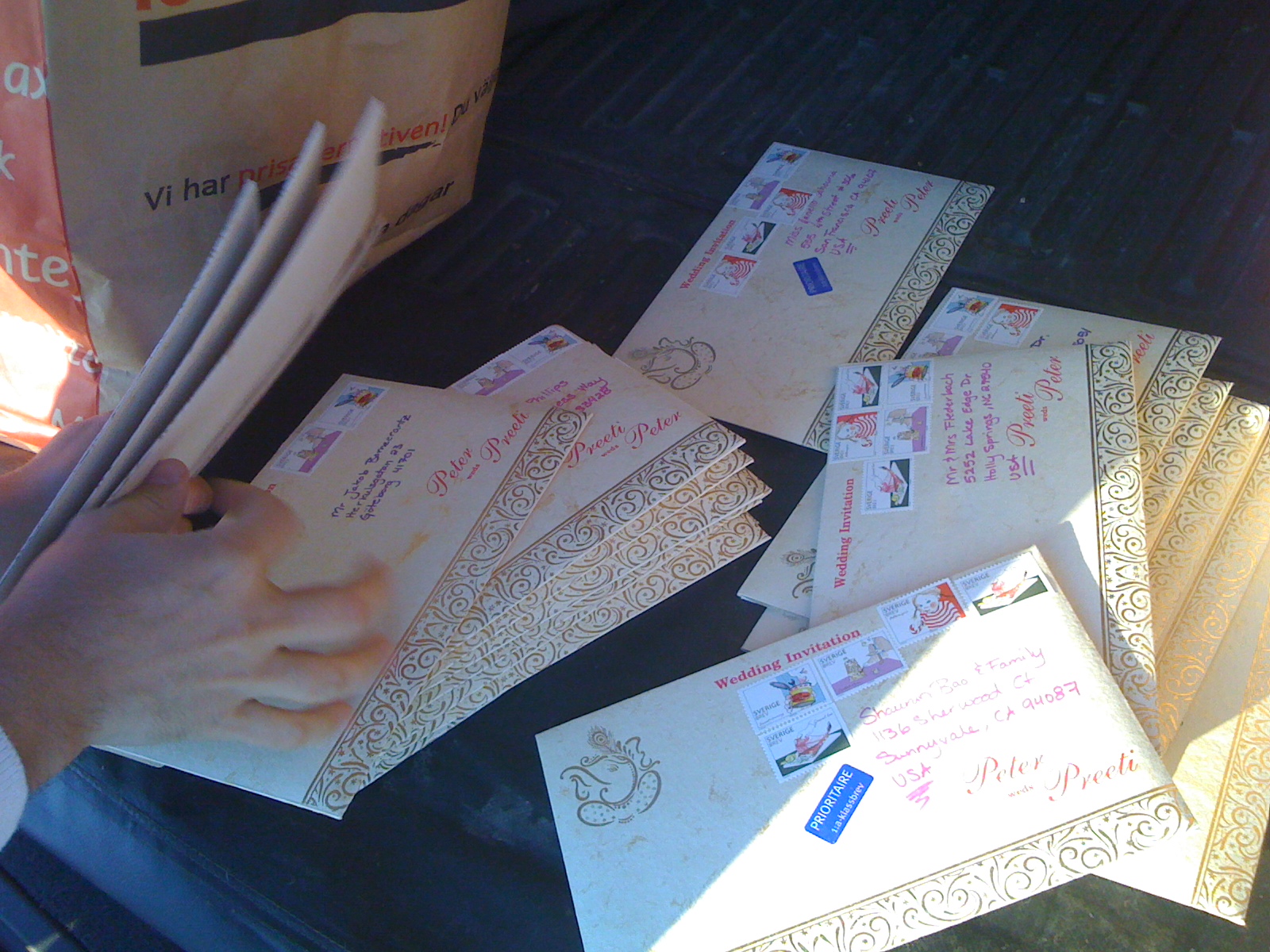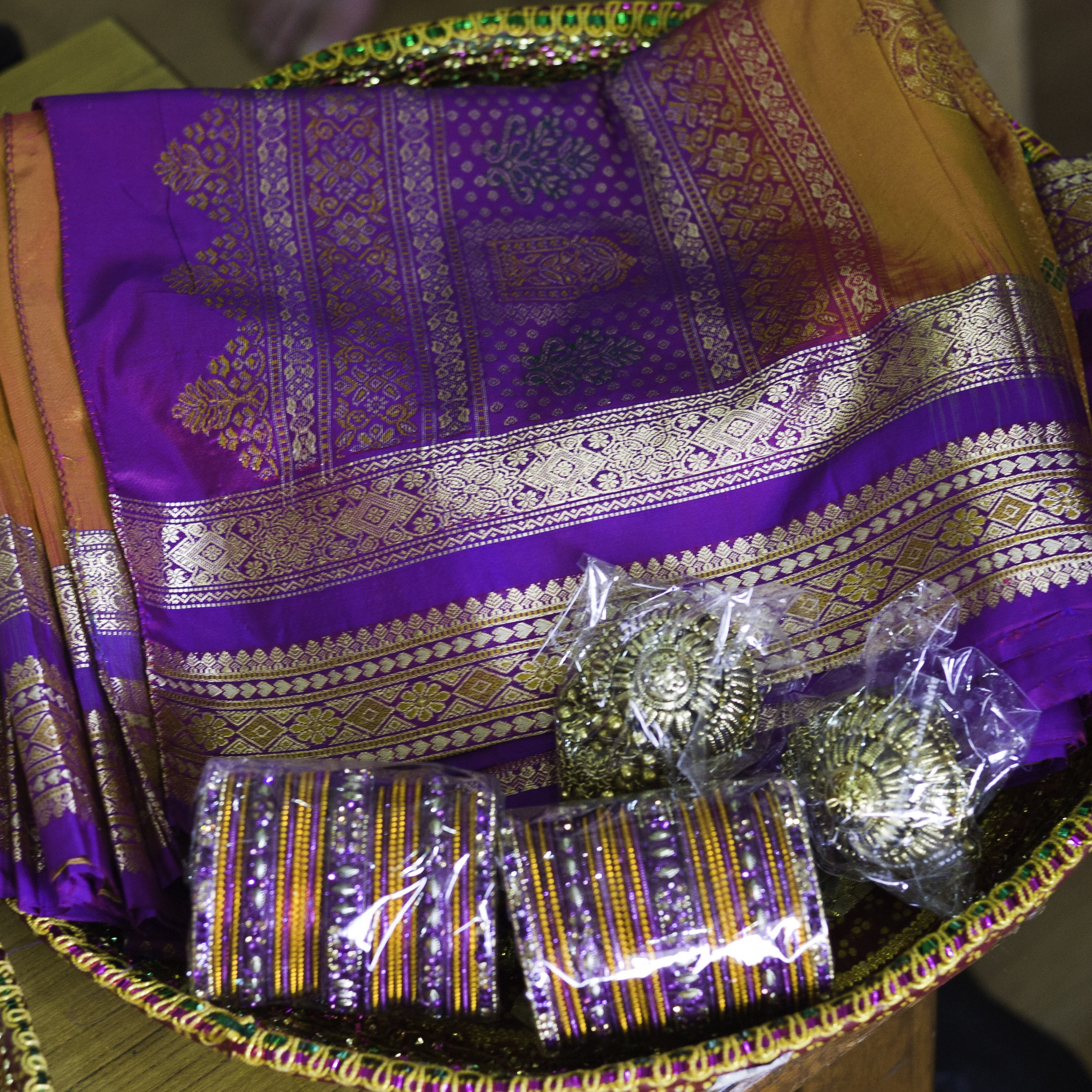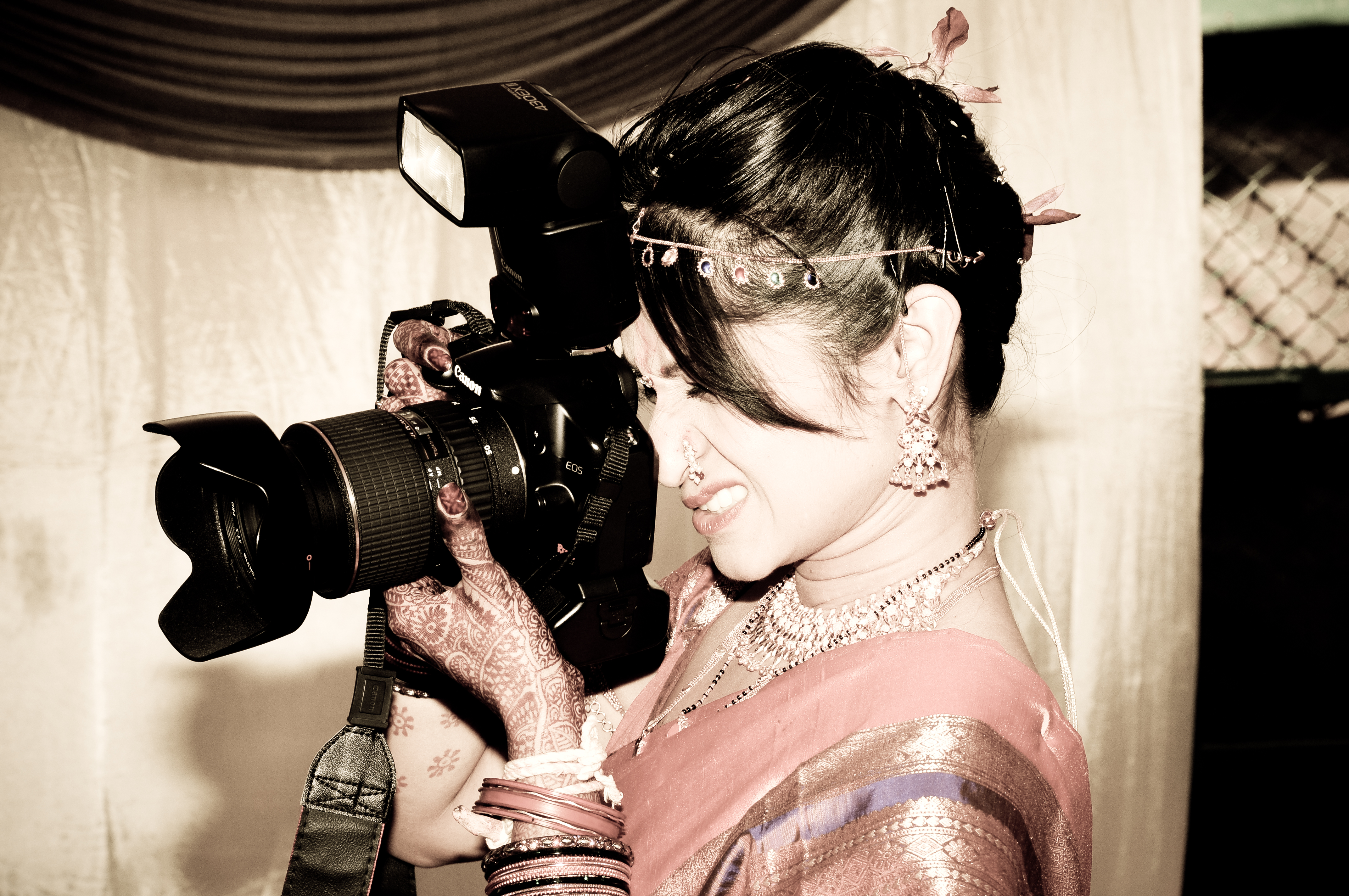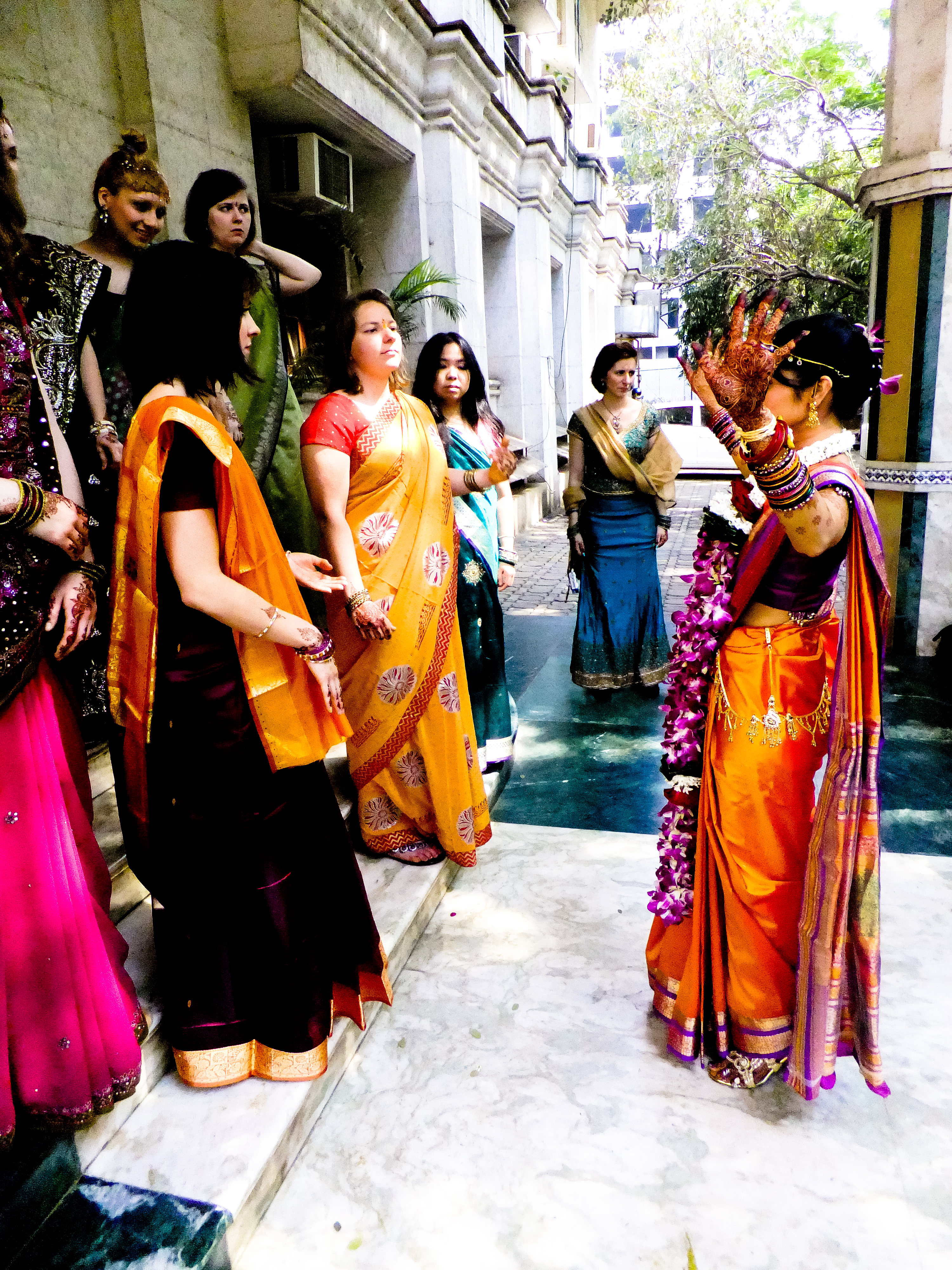We hate hidden costs. We hate it even more when it is our wedding. The evil dollar signs rears its head on invoice statements.
$100 for taking out the trash, $400 to cut the cake, $600 to edit 50 extra photos. When will it end?!

Every time you shop or order with a vendor is a potential for hidden costs. I’m covering the most common and uncommon sinkholes in Indian wedding planning.
First, here are three tips to get you through all of this:
1. Breathe. Yes, take a deep breath and breathe. It will be okay.
2. Whatever your budget is, add 20% to it for miscellaneous costs. This will diminish the shock and keep your finances in order.
3. When possible, have it in writing. If a written contract is not possible, record the conversation with the vendor/seller AND bring someone else with you (father, uncle, older brother). You should also tell the vendor that you are recording the conversation so BOTH parties knows what was agreed upon.
Now for our list of ugly hidden costs!
1. Postage
When you’re looking at all those fabulous wedding invitations, be sure to think about the weight and size of those invites.

What to do
• Take a kitchen scale and weigh the cards and all elements you’ll be shipping in the invitation. Heavy stock paper are exactly that, heavy paper.
• Check the post office website for shipping information to figure domestic and international rates. Then figure out where your guests are located and make a preliminary estimate of postage costs.
2. Mehndi
While mehndi for the bride and the bride’s mother is a must, getting mehndi done for guests can be costly.
Menhdi artists can charge a per hour rate or a per hand rate. The per hand rates maybe based on:
– simplicity – how long it takes to complete one hand of design
– size of design – palm only, full hand, hand plus wrist, hand plus wrist and extra.
What to do
• Get that information up front from the artist and decide how much henna each guest can have applied.
• Decide on how many people can get henna.
• Stick to a specific set of hours women and men can come and get henna done.
3. Priests
You may think hiring a priest is free or cheap, but that’s not usually the case. During the busy wedding season, priests are easily booked up.
• Find out how much the priest will charge for himself and any assistants he brings.
• Check whether he will bring the necessary items to perform the poojas.
• Book the priest well in advance to avoid extra “high season” costs.
• Discuss with your priest what events you want covered in your wedding ceremony and in what order. Just because the priest is Hindu or Jain or whatever doesn’t mean they know how your community conducts religious rituals.
4. Wedding Trousseau
The wedding trousseau is not only expensive but an emotional nightmare. Packing up 7, 15, or 21 brand new saris, lenghas, and salwar kameez is daunting for every mom and daughter.

What to do
• Decide how many new outfits you really need. Really really need.
• Can you mix in simpler, western clothing like jeans, skirts and tops?
• Can you mix in part of you current collection?
• Instead of spending money on clothes that can fall apart and not fit in a few years, consider investing the money in a gold coin or a bank bond.
5. Videography and Photography
This is a well known black hole. You can be charged for hours of post processing if you want more photos than in the contract, or if the wedding goes over time and you are paying by a block of hours, or if you want full res photos even. While the vast majority of photographers are great people, there are plenty that add in costs.

Good photographers will tell you all the investments associated with your wedding. Bad photographers will hid the costs deep into your contract.
What to do
• Get everything in writing. If you want 500 photos than the 400 mentioned by the photographer, negotiate for a good rate for the extra 100 photos.
• When it comes to videos, editing hours and quality shooting cost a lot of money. Talk to other brides who have used the same video company. For that matter, high quality photography will cost you good money too. Don’t expect them to do it for cheap or free because you think your cousin can do it with his Nikon D80 lens. He can’t. Leave the photography and videography to the professionals.
• Photographers who work with western weddings mainly charge by the hour. It makes sense to charge for select number of hours because the weddings are shorter. But charging on the hour rate for a South Asian wedding is not cost effective for you, so book by the day.
• Sometimes videographers and photographers put in extra costs for additional cameras (ie. they carry an extra camera), lighting, assistants, side photo stages, and even jumbotron televisions. These extra costs maybe (see note below), or they want to sneak in easy profits.
And note, if you have a wedding more than 100 people, you should expect a main photographer and an assistant to come. That’s because they reasonably cannot cover your wedding as just one person. Don’t be cheap and force your photographer to drop an assistant.
No matter what, great quality photos and video is an investment.
6. Events, Events, Events
How many events will you have at your wedding? South Asians don’t do the simple one day wedding and cutting out events can cause strife in the families.

• Make a list of all the events and expected costs. Decide who’s paying for what or if it is jointly shared.
• Since cutting out an event may not feasible, think about how to make it simpler and easier on the budget.
• Does every event need to be in a fancy hotel?
• Can some of the smaller events be held at one of the homes?
• Do you need flowers flown in from abroad or can you have local grown that’s also environmentally friendly?
• Does alcohol and meat need to be at every one of those events or can you be vegetarian?
We held the mehndi, haldi, networking night, and Maharastrian dinner events in a small conference room. The costs and decorations were minimal as the focus was food, beer, and fun! The sangeet, wedding reception and wedding ceremony were held in a large hall. There we used local flowers acquired by the vendor and simple chair coverings.
7. Desserts
I love desserts. Cakes, cookies, kulfi, hot gulab jamuns…yum yum yum! And weddings are full of food. Indian weddings are confusing when it comes to desserts: do we eat cake or rasmali? Or hot brownies?

At a Western wedding, it is expected for the bride and groom to cute a several tiered wedding cake and feed it to each other at the reception in front of the guests. The cake cutting tradition is a now fusion incorporation into our weddings.
But the question is: do you really need it? And do you know how much it’s going to cost?
What to do
• Discuss what desserts you will serve at the reception. Do you want a full dessert table or a select few goodies?
• If you have cookies and cake, they may contain eggs. Are you and your family accepting to that? If not, can you find a baker that can cater to your needs?
• After deciding what desserts you’ll have, do you notice there are several treats to choose from as a guest? Do you think then every guest will have a slice of cake?
• I’ve spoken to several bakers in India and may recommend ordering a cake that will feed 50%-70% of the guests. Many Indian elderly people are not accustomed to eating cake at a wedding or just don’t like it. You can save on the cost of a cake by ordering a smaller one.
• Check with the venue if there is a cake cutting fee. It is not uncommon to charge between $3-8 per slice of cake! Add that to the cost of the cake and the desserts and wow, you have some expensive treats. Also check if your venue provides the cake as part of your venue fee. That can save you lots of money and misery of moving a cake across town.
• If you really want a cake and want to skip a high “cutting fee,” consider having the cake at one of the other wedding events you are hosting. Or, as mentioned above, go with a cake that your venue makes if that is an option.
8. Bridal Jewelry & Accessories
Yet another black hole when it comes to money and emotional well being. You want the best as a bride, your parents want the best for their little girl, and your American Express card wants you to max out the card so you can pay 24.95% APR.
There’s also the dangerous part of buying real gold. Troy ounce prices of gold are not what they used to be; your dollars are not stretching far.
What to do
• Write a list of EVERY single outfit and jewelry you need to buy. Check our handy dandy list of bridal outfits and jewelry.
• Write a list of outfits that you can use from your current collection. Have you really worn every outfit? I had several saris that I had never worn before so I took the opportunity to wear one of those for my engagement, gave two to my Mom to wear, and wore one for fun on one of the less busy wedding days.
• Make a list of all the accessories you need. Check out our wedding shopping guide to get you started. Remember each outfit needs a necklace, earrings, bangles, and possibly a mang tikka. Bindis, payals, kamerbands are also well needed accessories that can be used at any time.
• When buying real gold, set a firm budget and stick to it. YES, STICK TO IT.
My non-desi husband always says the biggest hidden cost is,
“When a western man doesn’t know how much gold is, it is going to cost him. The less certain he is, the more certain the bride is. *Smile*”
9. Aunts, Future Sister-in-Laws, People, & other Idiots
I am going to sound cruel for the sake of making a point. Your family loves you, hopefully. Your family can also be full of idiots who buys things you don’t need for the wedding.
Weddings are not about “me, the bride,” it’s about the family showing off for the in-laws and the guests. That means people in your family can buy stuff, say it’s “useful” and force you to pay for it.
This is best put by one reader: “Relatives / in-laws who order things at your expense without consulting you first or getting your approval. My sister in-law took it upon herself to order this and that as ‘must haves’. When they showed up, I had to pay for it (no return to sender in Asia).”
What to do
• Talk to your parents first and foremost. You need their support before going after anyone else.
• Let your parents play hound dog. Tying up with the first point, have your parents decide on a course of action for rouge, happy-shopper relatives. Your parents stand on equal footing with aunts and uncles. You do not.
Bonus: Contracts
Contracts by the nature of them, have lots of legal verbiage and include everything payment conditions, extra, cancellation, and more.
And while a contract is not a type of vendor, it is the crux of what and how you’ll pay. Which is why we included this very important category at the end of the article.
What to do
• Make sure you have a contract! No contract? If things go belly up with your vendor, you’ll have a hell of a time getting your money back. And if you paid in cash without a receipt, shame on you.
• Read the contract. Know when payments are due. Know what the cancellation fee is (if any) and the timeframes of canceling. Know what extra costs that can be tacked on. One outdoor venue tacked on a cleaning fee of $500 for the wedding. The couple thought they could do it themselves and choose not to have the venue do the cleaning. But the couple was in big trouble when they realized they had to do everything, from mopping the floors to emptying the trash at the waste management station. That $500 was a deal if they read the contract thoroughly.
• Ask questions. Be clear with your vendor and what is and isn’t included.
You will feel like a lawyer after reading them, but you need to read.
Keep yourself together, breathe, and be prepared. Don’t freak out. If you know there will be hidden costs, the costs won’t be so hidden anymore.

These are amazing tips. The worst “black holes” of money for me were the trousseau, the postage (damn those oversized invites from India!) and gifts for the in-laws (such an expensive and silly tradition).
You just abused the photographers ! We charge for art, not hours. FO !